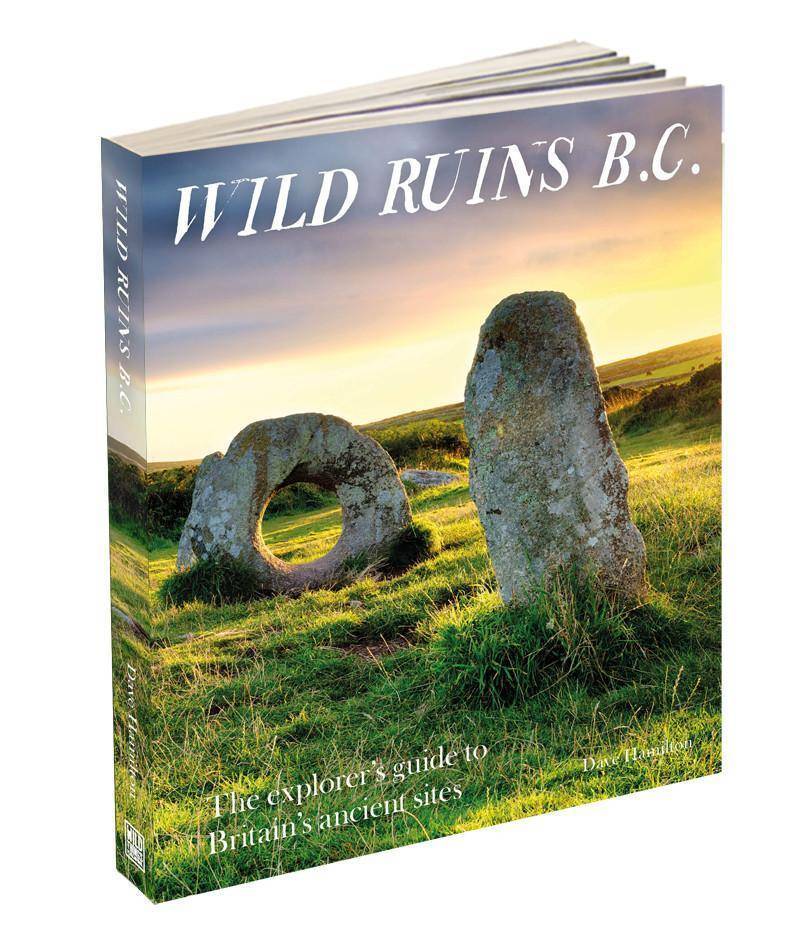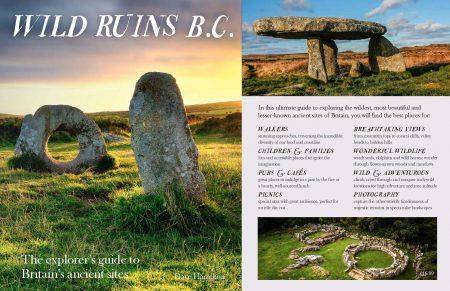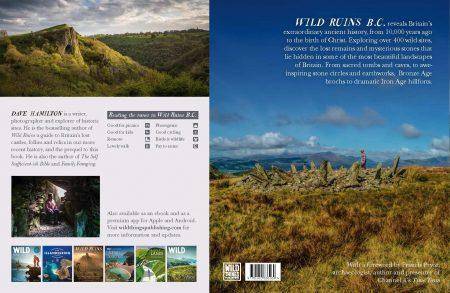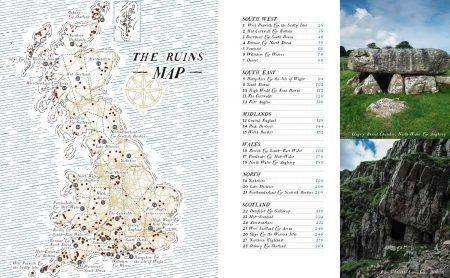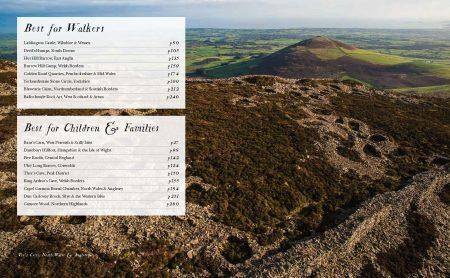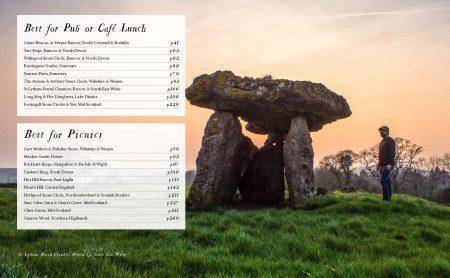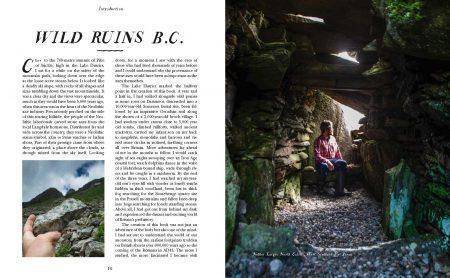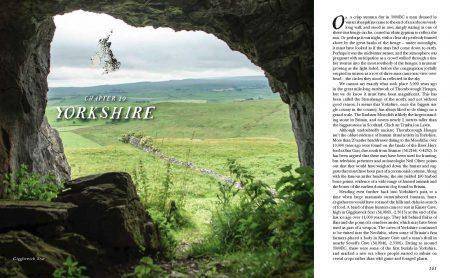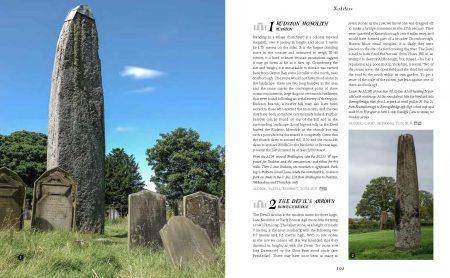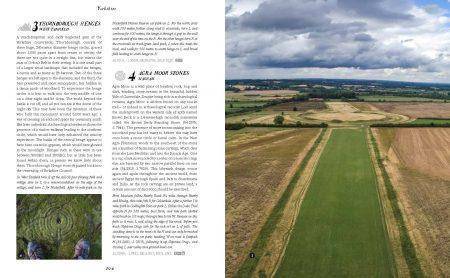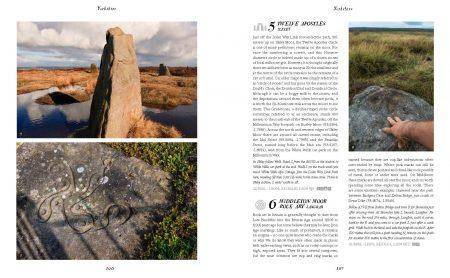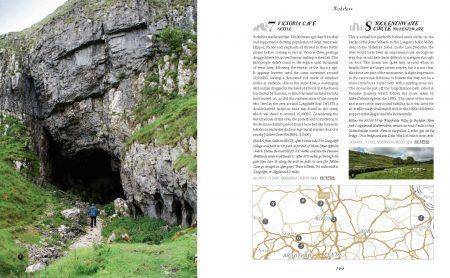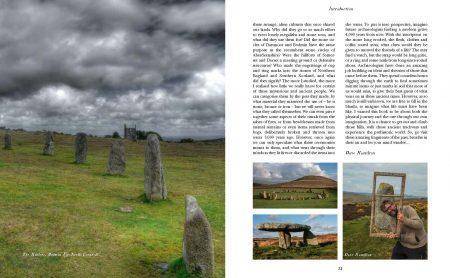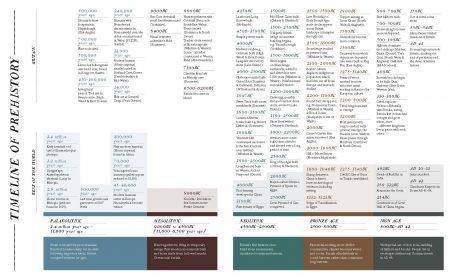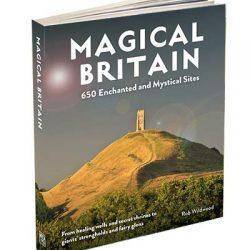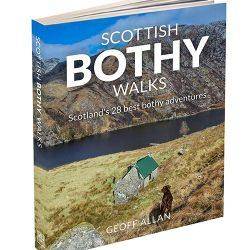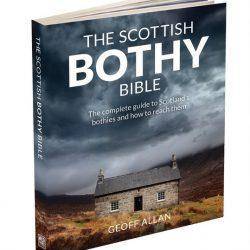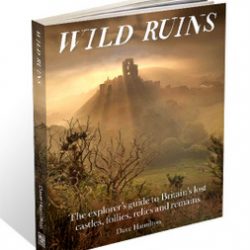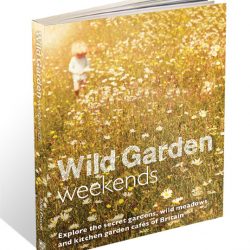Wild ruins B.C. reveals Britain’s extraordinary ancient history, from 10,000 years ago to the birth of Christ. Exploring Britain’s finest wild sites, discover the lost remains and mysterious stones that lie hidden in some of the most beautiful landscapes of Britain. From sacred tombs and caves, to awe-inspiring stone circles and earthworks, Bronze Age brochs to dramatic Iron Age hillforts.
In this ultimate guide to exploring the wildest, most beautiful and lesser-known ancient sites of Britain, you will find 266 sites described in detail with over 150 more referenced. Discover the best places for:
walkers stunning approaches, traversing the incredible diversity of our land and coastline
children & families fun and accessible places that ignite the imagination
pubs & cafés great places to indulge in a pint by the fire or a hearty, well-sourced lunch
picnics special sites with great ambience, perfect for an idle day out
breathtaking views from mountain tops to coastal cliffs, valley heads to hidden hills
wonderful wildlife watch seals, dolphins and wild horses; wander through flower-strewn woods and meadows
wild & adventurous climb, crawl through and conquer truly wild locations for high adventure and true solitude
photography capture the other-worldly timelessness of majestic remains in spectacular landscapes
Dave Hamilton is a writer, photographer and explorer of historic sites. He is the bestselling author of Wild Ruins a guide to Britain’s lost castles, follies and relics in our more recent history, and the prequel to this book. He is also the author of The Self Sufficient-ish Bible and Family Foraging.
Chapter List
SOUTH WEST
1 West Penwith & the Scilly Isles 28
2 Mid Cornwall & Bodmin 38
3 Dartmoor & South Devon 46
4 Exmoor & North Devon 58
5 Somerset 66
6 Wiltshire & Wessex 76
7 Dorset 86
SOUTH EAST
8 Hampshire & the Isle of Wight 94
9 South Downs 102
10 High Weald & Kent Downs 112
11 The Cotswolds 120
12 East Anglia 130
MIDLANDS
13 Central England 138
14 Peak District 144
15 Welsh Borders 152
WALES
16 Brecon & South-East Wales 162
17 Pembroke & Mid-Wales 170
18 North Wales & Anglesey 180
NORTH
19 Yorkshire 190
20 Lake District 200
21 Northumberland & Scottish Borders 208
SCOTLAND
22 Dumfries & Galloway 216
23 Mid-Scotland 224
24 Aberdeenshire 232
25 West Scotland & Arran 240
26 Skye & the Western Isles 248
27 Northern Highlands 256
28 Orkney & Shetland 264
Introduction
Close to the 709-metre summit of Pike of Stickle, high in the Lake District, I sat for a while on the safety of the mountain path, looking down over the edge at the loose scree stones below. It looked like a deadly ski slope, with rocks of all shapes and sizes tumbling down the vast mountainside. It was a clear day and the views were spectacular, much as they would have been 5,000 years ago, when this area was in the heart of the Neolithic axe industry. Precariously perched on the side of this soaring hillside, the people of the Neolithic laboriously carved stone axes from the local Langdale hornstone. Distributed far and wide across the country, they were a Neolithic status symbol, akin to Swiss watches or Italian shoes. Part of their prestige came from where they originated: a place above the clouds, as though mined from the sky itself. Looking down, for a moment I saw with the eyes of those who had lived thousands of years before and I could understand why the provenance of these axes would have been as important as the axes themselves.
The Lake District marked the halfway point in the creation of this book. A year and a half in, I had walked alongside wild ponies at stone rows on Dartmoor, descended into a 10,000-year-old Somerset burial site, been followed by an inquisitive Orcadian seal along the shores of a 2,000-year-old broch village. I had awoken under canvas close to 5,000 year old tombs, climbed hillforts, walked ancient trackways, carried my infant son on my back to megaliths, monoliths and barrows and visited stone circles in isolated, far-flung corners all over Britain. More adventures lay ahead of me in the months to follow. I would catch sight of sea eagles swooping over an Iron Age coastal fort, watch dolphins dance in the wake of a Hebridean-bound ship, wade through rivers and be caught in a sandstorm. By the end of the three years, I had watched my six-year-old son’s eyes fill with wonder at lonely tombs hidden in thick woodland, been lost in thick fog searching for the Stonehenge quarry site in the Preseli mountains and fallen knee-deep into bogs searching for lonely standing stones. Above all, I had got out from behind my desk and experienced the distant and exciting world of Britain’s prehistory.
The creation of this book was not just an adventure of the body but also one of the mind. I had set out to understand the world of our ancestors, from the earliest footprints trodden on British shores over 800,000 years ago to the coming of the Romans in AD43. The more I studied, the more fascinated I became with these strange, alien cultures that once shared our lands. Why did they go to so much effort to erect lonely megaliths and stone rows, and what did they use them for? Did the stone circles of Dartmoor and Bodmin have the same purpose as the recumbent stone circles of Aberdeenshire? Were the hillforts of Somerset and Dorset a meeting ground or defensive structures? Who made the engravings of cup and ring marks into the stones of Northern England and Southern Scotland, and what did they signify? The more I studied, the more I realised how little we really know for certain of these mysterious and ancient people. We can categorise them by the pots they made, by what material they mastered the use of – be it stone, bronze or iron – but we will never know what they called themselves. We can even piece together some aspects of their rituals from the ashes of fires, or from headdresses made from animal remains or even items retrieved from bogs, deliberately broken and thrown into water 3,000 years ago. However, once again we can only speculate what these ceremonies meant to them, and what went through their minds as they lit fires or discarded the items into the water. To put it into perspective, imagine future archaeologists finding a modern grave 4,000 years from now. With the inscription on the stone long eroded, the flesh, clothes and coffin rotted away, what clues would they be given to unravel the threads of a life? The may find a watch, but the strap would be long gone, or a ring and some nails from long-since-rotted shoes. Archaeologists have done an amazing job building on ideas and theories of those that came before them. They spend countless hours digging through the earth to find sometimes minute items or just marks in soil that most of us would miss, to give their best guess of what went on in these ancient times. However, as so much is still unknown, we are free to fill in the blanks, to imagine what life must have been like. I wanted this book to be about both the physical journey and the one through our own imagination. It is a chance to get out and climb those hills, walk those ancient trackways and experience the prehistoric world. So, go visit these amazing fragments of the past, breathe in their air and let your mind wander…
Dave Hamilton
